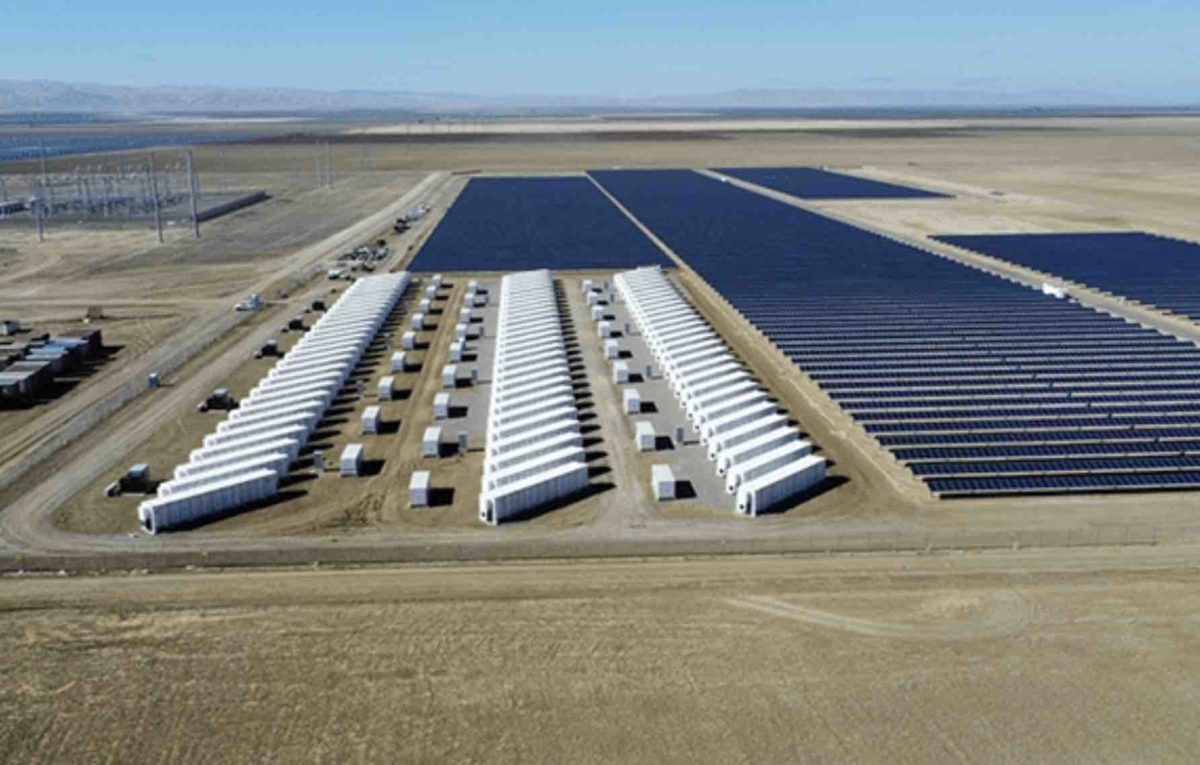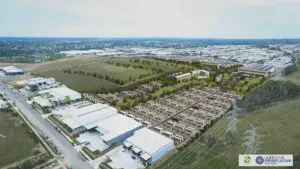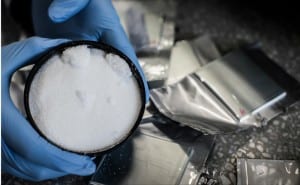The emerging battery industry is set to inject $27.3 billion into the Australian economy by 2030, double the value estimated just 18 months ago, according to a new report from the Future Battery Industries Cooperative Research Centre.
“Forecast demand for batteries has increased by 64 per cent and forecast prices have increased by 35 per cent,” the report finds.
That spike in demand is bumping up the size of the potential returns: a diversified battery industry could deliver $16.9 billion and 61,400 jobs, while the mining sector tops that up with another $10.4 billion and 31,600 jobs.
And while that price hike looks concerning, caused by a critical shortage of key components, the per kilowatt hour (kWh) price will still be lower than today.

The report sees prices sinking below $US100/kWh ($150/kWh) in 2026 due to technology improvements, rising use of cheaper lithium-iron phosphate (LFP) cathodes, the emergence of cheaper chemistry and manufacturing scale.
This is in spite of growing shortages of raw materials as a combination of surging battery demand and new supply not coming online quickly enough flows through the supply chain.
Between December 2021 and December 2022, lithium, nickel and cobalt prices increased by 499 per cent, 117 per cent and 56 per cent respectively.
Lithium is expected to be in a supply deficit by 2030, cobalt by 2026, and graphite by 2025. Nickel is already in short supply.
The export opportunity
Any clear run Australia may have had at building out a local battery industry has disappeared in the face of a land grab by the world’s biggest economic blocs.
“Governments have accelerated their push to build sovereign clean energy capabilities in the last two years,” the report said.
“Three global shifts since 2020 have accelerated battery demand growth: intensified rivalry between the world’s largest economies for economic and technological leadership, the recent global energy crisis, and increased public and private pressure to accelerate the transition.”
China, the US and Europe are all sinking considerable funding into building out new and existing battery industries. The European Commission approved more than $US6 billion in state aid for research and innovation projects across the value chain, while the US’s Inflation Reduction Act commits $US369 billion towards clean energy investment, a sum that includes $US4 billion in subsidies for electric vehicle projects.
It’s a catch-22 for Australia: the country’s raw materials are set to be in more demand than ever before, but for locally developed downstream technologies and companies the international playing field is much more difficult.
Where Australia could carve out a real sphere of influence is in Asia, as India, Thailand and Indonesia are all moving to shore up new, non-China based supply chains.
India’s Production Linked Incentives allocates $US2b in grants for building gigafactories larger than 5 gigawatt hours (GWh) with an aim to build out a capacity of 100 GWh by 2030.
Thailand has reduced import tariffs on raw and other essential materials needed for battery manufacturing, to secure lower priced components and accelerate the development of its battery manufacturing industry.
Since 2020, Indonesia — owns 22 per cent of global nickel reserves — has banned exports of nickel ores.
“Australia can leverage its recently formed free trade agreements with Indonesia and India to develop strong export partnerships,” the report says.
“Through the Quad and AUKUS, Australia can partner with India, Japan, the US and the UK to develop supply chain security… As these strategic alliances prioritise energy and supply chain security, Australia has a strong opportunity to form export partnerships with these countries, allowing Australia and its strategic allies to accelerate the development of their battery ecosystems.”
A range of other trade agreements and partnerships could open doors in Indonesia, South Korea, Malaysia, Thailand, and New Zealand as well.
Success is not guaranteed
Reaching those lofty 2030 forecasts should be simple — Australia has all of the raw materials it needs to build a vibrant export battery industry — but it won’t happen without serious leg-work on policy and a desire to compete as more than just a miner, the report says.
“Australia has greater diversity and reserves of critical minerals than its global peers. It is the world’s leading producer of lithium, and has reserves of lithium, cobalt and nickel ranking in the world’s top three countries. Australia’s mining wealth positions it to be a secure source of supply, enabling upstream integration and co-location opportunities which reduce operating and capital costs,” it said.
Leveraging international alliances is a first step, but so is attracting large anchor tenants to build in Australia such as chemicals company BASF and South Korean steelmaker POSCO. A coordinated, national push to build out an industry that can add-value to raw materials within Australia is required to enable specialist research and skills, while also building demand for locally-made products regional and at home.
“Australia is cost competitive and differentiated in the upstream components of the value chain and can offer sources of differentiation from cell manufacturing onwards. Australia’s wealth of critical minerals is the key driver of upstream cost competitiveness,” the report said.
“ESG and reliability also play a key role upstream, positioning Australia’s products as a clean and
secure alternative for countries wishing to diversify their supply chains.
“Australia’s key downstream differentiator in cell manufacturing and battery pack manufacturing
is its ability to offer secure supply into regional markets. This will be particularly relevant for nations with growing ESS demand, or growing EV manufacturing industries, that will require a reliable source of high-quality cells and packs.”
The federal government is currently forming its National Battery Strategy, for which submissions closed on March 17.
The strategy is set to shape Australia’s future battery industries and inform initiatives such as Australian-made battery precinct in Queensland and a ‘Powering Australia Industry Growth Centre’.










